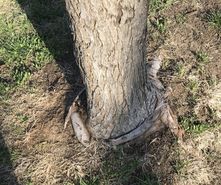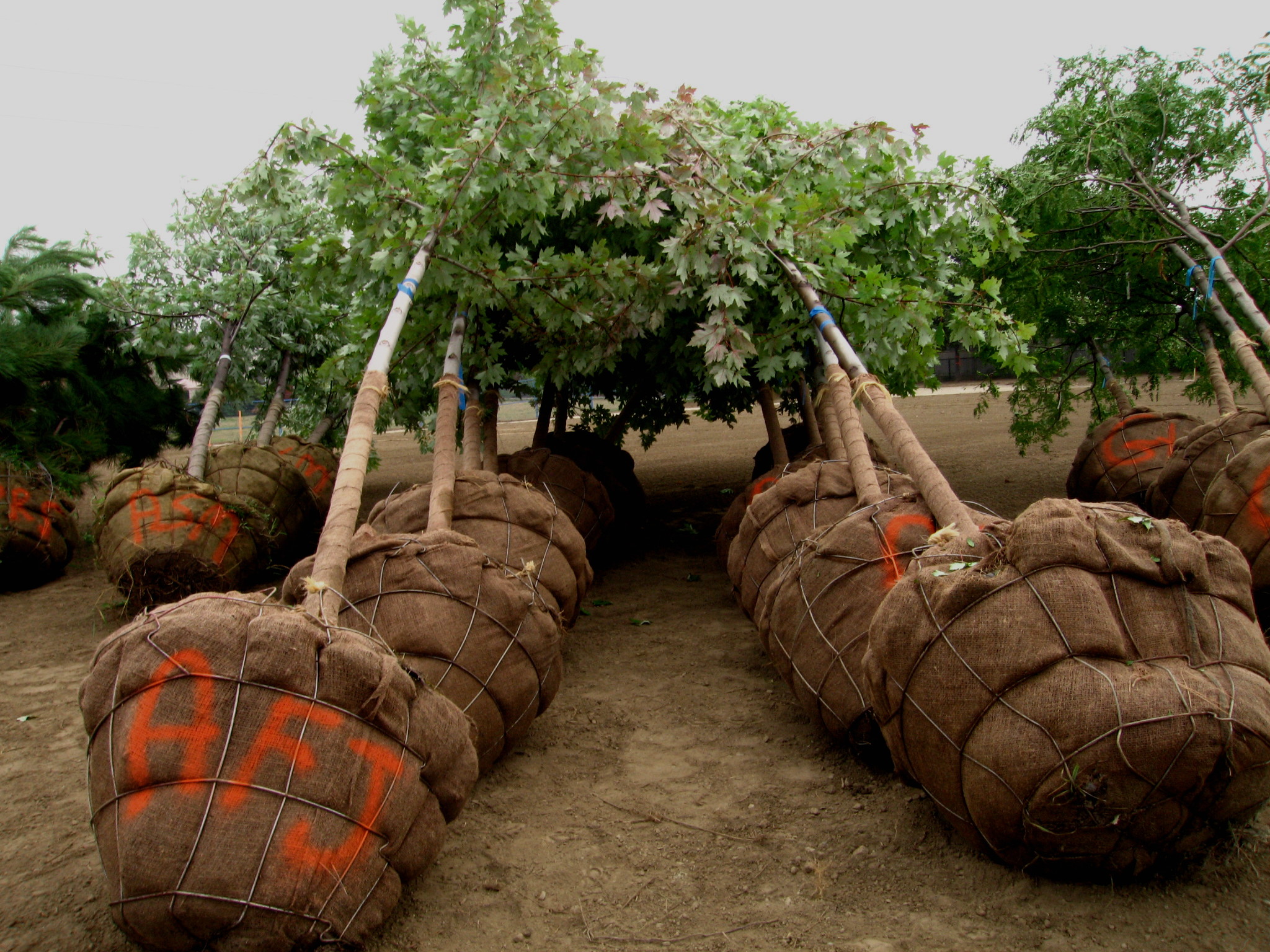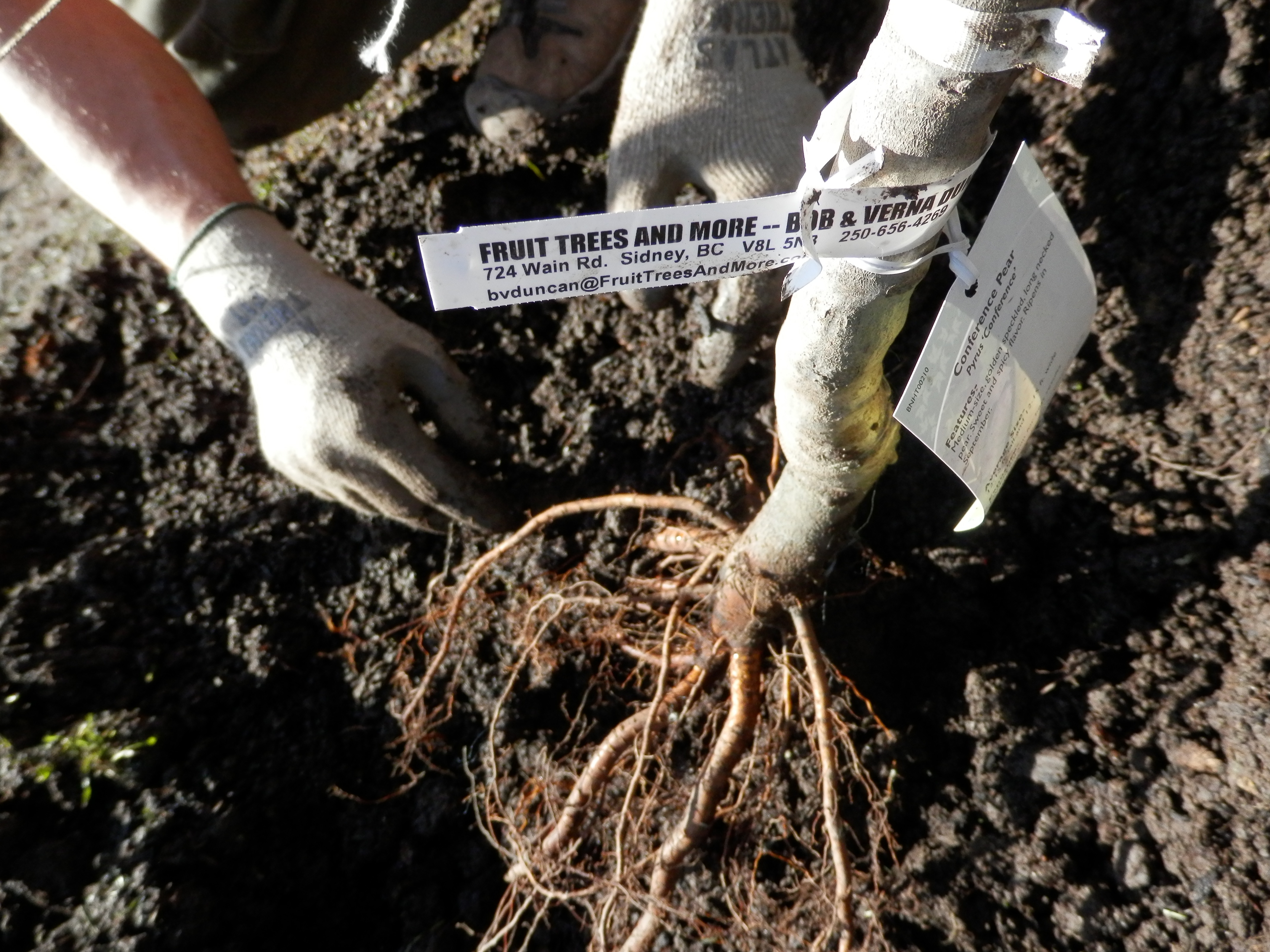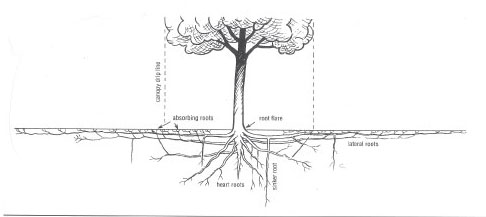web page by Jacob King, 2018
References
1. (n.d.). Retrieved from https://broccolotreeandlawn.com/wp-content/uploads/2017/11/Sept-image.jpg
2. Whiting, D. (2007, November). The Science of Planting Trees. Retrieved April, 2018, from https://dspace.library.colostate.edu/bitstream/handle/10217/44466/The_Science_of_Planting_Trees.pdf?sequence=5&isAllowed=y
3. Jacob King- web page author
4. Multilingual Glossary. (n.d.). Retrieved April, 2018, from http://iufro-archive.boku.ac.at/silvavoc/glossary/19_0en.html
5. American Standard for Nursery Stock. (n.d.). Retrieved from http://c.ymcdn.com/sites/americanhort.site-ym.com/resource/collection/38ED7535-9C88-45E5-AF44-01C26838AD0C/ANSI_Nursery_Stock_Standards_AmericanHort_2014
6. Schnelle, M., & Hillock, D. (n.d.). Planting Trees and Shrubs. Retrieved from http://pods.dasnr.okstate.edu/docushare/dsweb/Get/Rendition-1242/unknown
7. (n.d.). Retrieved from https://tse4.mm.bing.net/th?id=OIP.N99p1qftGdkRA2M3BMz0lgHaFj&pid=15.1&P=0&w=203&h=153
8. (n.d.). Retrieved from https://inspirationalvillage.files.wordpress.com/2014/03/p3120121.jpg
9. Common Misconceptions About Trees. (n.d.). Retrieved from https://www.arboristnow.com/news/ten-tree-myths-and-misunderstandings
2. Whiting, D. (2007, November). The Science of Planting Trees. Retrieved April, 2018, from https://dspace.library.colostate.edu/bitstream/handle/10217/44466/The_Science_of_Planting_Trees.pdf?sequence=5&isAllowed=y
3. Jacob King- web page author
4. Multilingual Glossary. (n.d.). Retrieved April, 2018, from http://iufro-archive.boku.ac.at/silvavoc/glossary/19_0en.html
5. American Standard for Nursery Stock. (n.d.). Retrieved from http://c.ymcdn.com/sites/americanhort.site-ym.com/resource/collection/38ED7535-9C88-45E5-AF44-01C26838AD0C/ANSI_Nursery_Stock_Standards_AmericanHort_2014
6. Schnelle, M., & Hillock, D. (n.d.). Planting Trees and Shrubs. Retrieved from http://pods.dasnr.okstate.edu/docushare/dsweb/Get/Rendition-1242/unknown
7. (n.d.). Retrieved from https://tse4.mm.bing.net/th?id=OIP.N99p1qftGdkRA2M3BMz0lgHaFj&pid=15.1&P=0&w=203&h=153
8. (n.d.). Retrieved from https://inspirationalvillage.files.wordpress.com/2014/03/p3120121.jpg
9. Common Misconceptions About Trees. (n.d.). Retrieved from https://www.arboristnow.com/news/ten-tree-myths-and-misunderstandings




